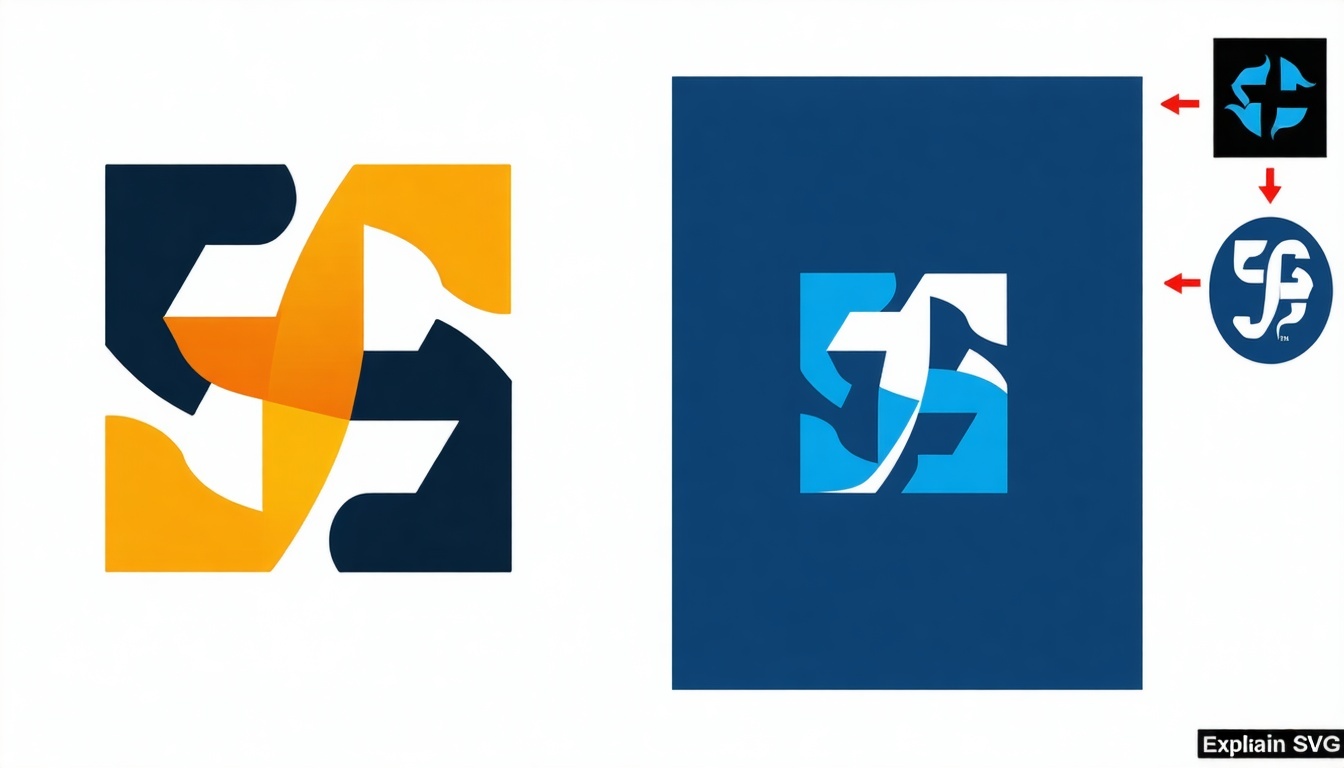
Understanding DMARC Policies: The Critical Difference Between p=quarantine and p=reject
What Are DMARC Policies and Why Do They Matter?
DMARC (Domain-based Message Authentication, Reporting, and Conformance) policies instruct receiving mail servers on how to handle emails that fail authentication checks. The two primary enforcement options, p=quarantine and p=reject, offer different levels of protection and user experience for your domain.
p=quarantine – Flag and Isolate Suspicious Emails
- How it works: With p=quarantine, emails that fail DMARC authentication aren’t delivered to the inbox but are instead sent to the recipient’s spam or junk folder.
- Benefits: This approach reduces the risk of phishing and spoofing while allowing users to review potentially legitimate emails that failed authentication.
- Use case: Ideal for organizations transitioning to stricter enforcement, minimizing the risk of losing genuine emails due to misconfiguration.
p=reject – Block Unauthorized Emails Entirely
- How it works: With p=quarantine, emails that fail DMARC authentication aren’t delivered to the inbox but are instead sent to the recipient’s spam or junk folder.
- Benefits: This approach reduces the risk of phishing and spoofing while allowing users to review potentially legitimate emails that failed authentication.
- Use case: Ideal for organizations transitioning to stricter enforcement, minimizing the risk of losing genuine emails due to misconfiguration.
Key Differences and Decision Factors
- Quarantine: Allows for a safety net, catching suspicious emails without fully blocking them, which can help reduce false positives.
- Reject: Offers the strongest protection but requires confidence that all legitimate sources are properly authenticated.
| Policy | Action on Failed Emails |
User Impact | Security Level |
| p=quarantine |
Sent to spam/junk folder | User can review suspicious mail | Moderate-High |
| p=reject |
Blocked, not delivered | User never sees the email | Highest |
Best Practices for Choosing and Implementing DMARC Policies
- Start with p=none: For monitoring, then move to p=quarantine to catch suspicious emails, and finally to p=reject for full enforcement.
- Regularly review DMARC reports: To identify legitimate sources that may need authentication adjustments.
- Collaborate with IT and security teams: To ensure a smooth transition and minimize disruption to business communications.
Need help choosing the right DMARC policy?
Contact our agents for expert guidance on securing your domain and optimizing your email flow!
Explore our FAQ on Why DMARC Enforcement Is the Foundation of Successful BIMI Deployment to learn how these policies enable advanced email branding.
p=quarantine: Suspicious emails go to spam, allowing user review and reducing the risk of lost legitimate messages.
p=reject: Unauthorized emails are blocked entirely, providing the highest level of protection.
Progressive enforcement: Start with monitoring, then move to quarantine and reject for optimal security and deliverability.



